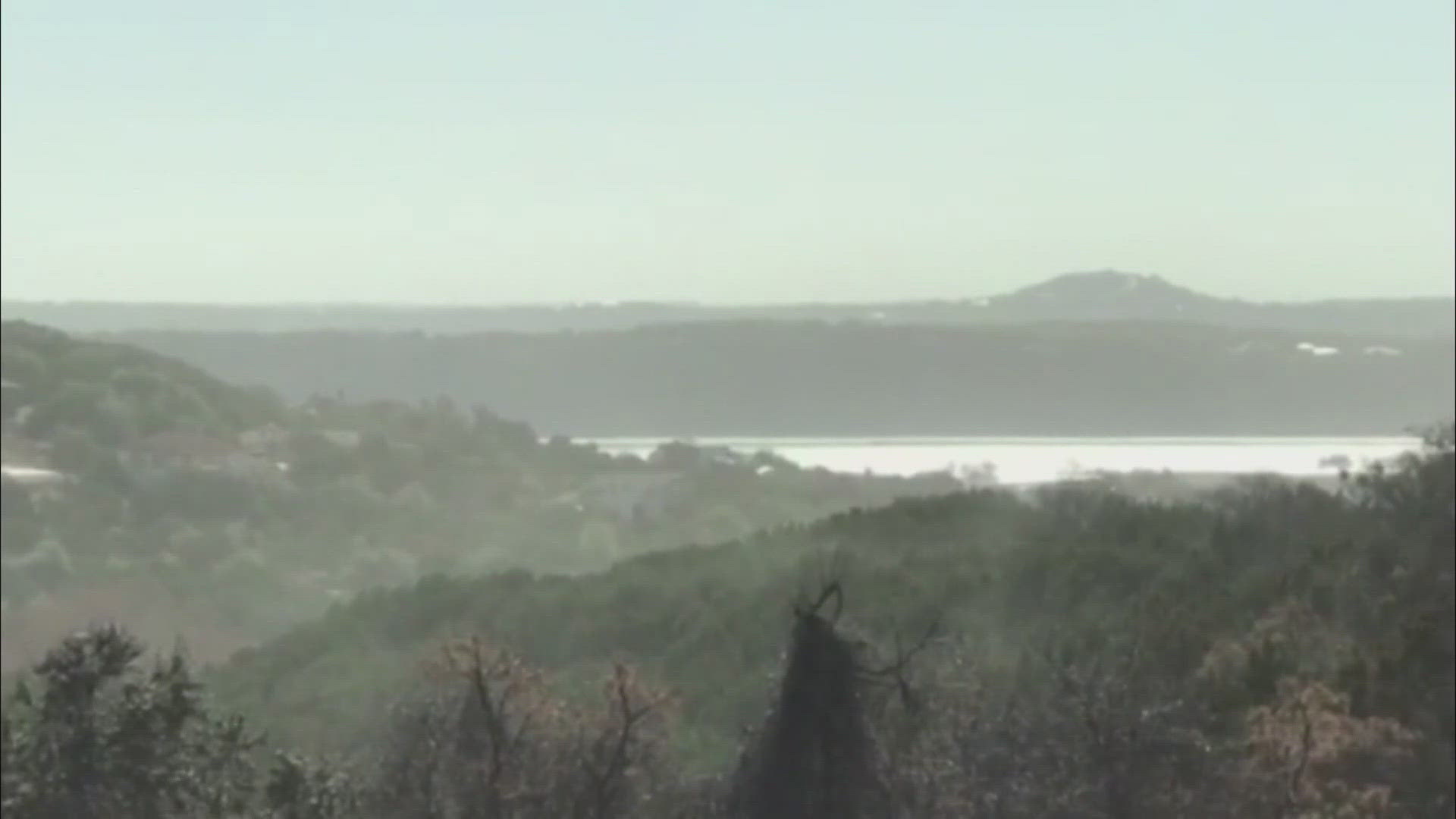TEXAS, USA — As winter settles in, Texans are bracing for a familiar foe, cedar fever. This seasonal menace is caused by pollen from juniper trees (commonly known as cedar). It's bringing some discomfort to many people across the state.
"It's an annual thing," Robert Edmonson, biologist with Texas A&M Forest Service, told 6 News. "It happens every year. We're not gonna get out of it."
The peak of the cedar pollen season typically spans from December through February, with January often seeing the highest levels.
Chief Meteorologist Matt Farrell spoke more on the role of wind in pollen distribution.
"Where we see mountain cedar is typically south of us, so when we get those south winds, it brings it all up and of course obviously the stronger the wind, the more mountain cedar you gonna get," Farrell said.
If you've been feeling under the weather lately, you aren't alone, but symptoms can be misleading.
"It's kind of like a mild cold or a mild case of the flu, and that's where the confusion comes in," Edmonson said. "With cedar fever, you generally don't have any color with your mucus. It's just clear. Where if it's bacterial, viral, something else, you generally have some color."
For those affected, symptoms can range from a stuffy nose, a runny nose, itchy, watery eyes to, in some cases a slight fever. The intensity varies, with some individuals experiencing severe reactions.
"You're just inhaling so many grains of pollen that it just absolutely overwhelms your defense system," Edmonson added.
While some might consider drastic measures like cutting down male cedar trees, experts advise against it.
"Those pollen grains are teeny tiny and they float on the wind, so cutting all the male trees off of your property is probably not going to benefit you in the long run because it's just gonna come from a few miles down the road," Edmonson said.
To mitigate symptoms, experts recommend:
- Limiting outdoor exposure
- Wearing masks when outside
- Keeping windows closed, even on warm days
- Monitoring weather forecasts for high pollen days
There is some hope for relief. Rainy conditions can help by making pollen heavier and less airborne. However, the most challenging days are often the clear, "bluebird days" following a cold front.
As Texans navigate another cedar fever season, awareness and preparation remain key. While it's an unavoidable part of Texas winters, understanding the condition and taking preventive measures can help make the season more bearable.
If you are concerned, you should consult with your doctor.

